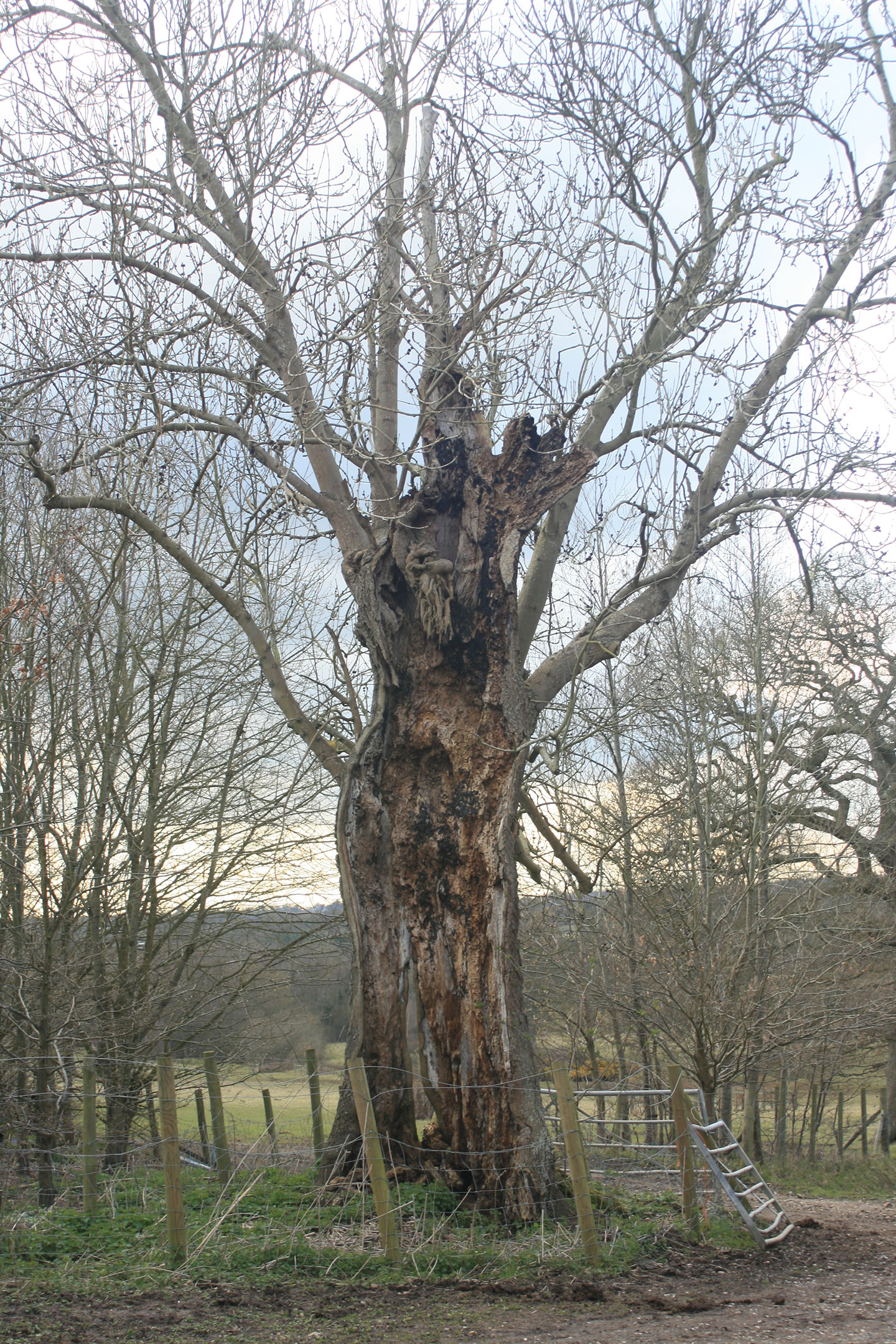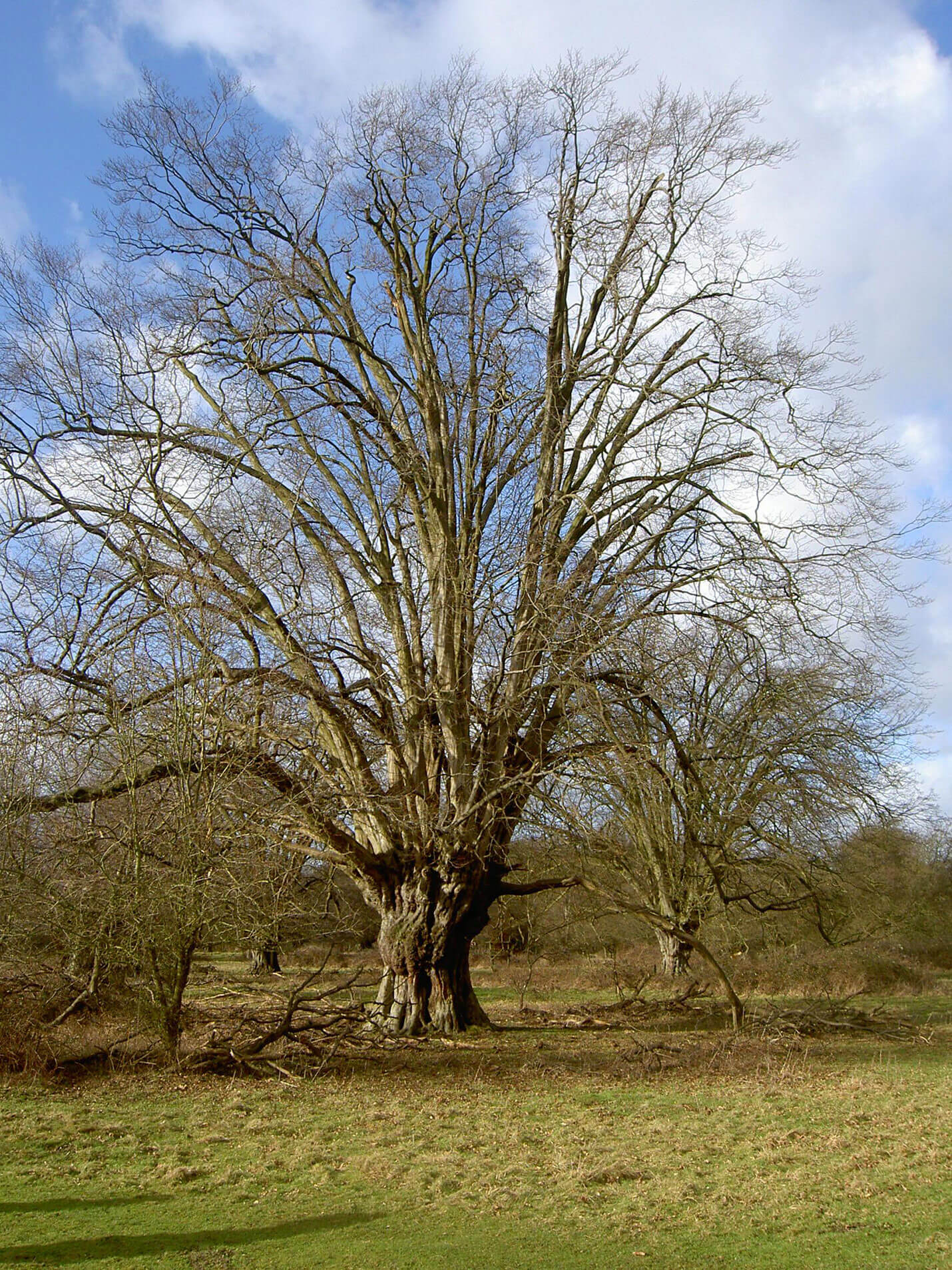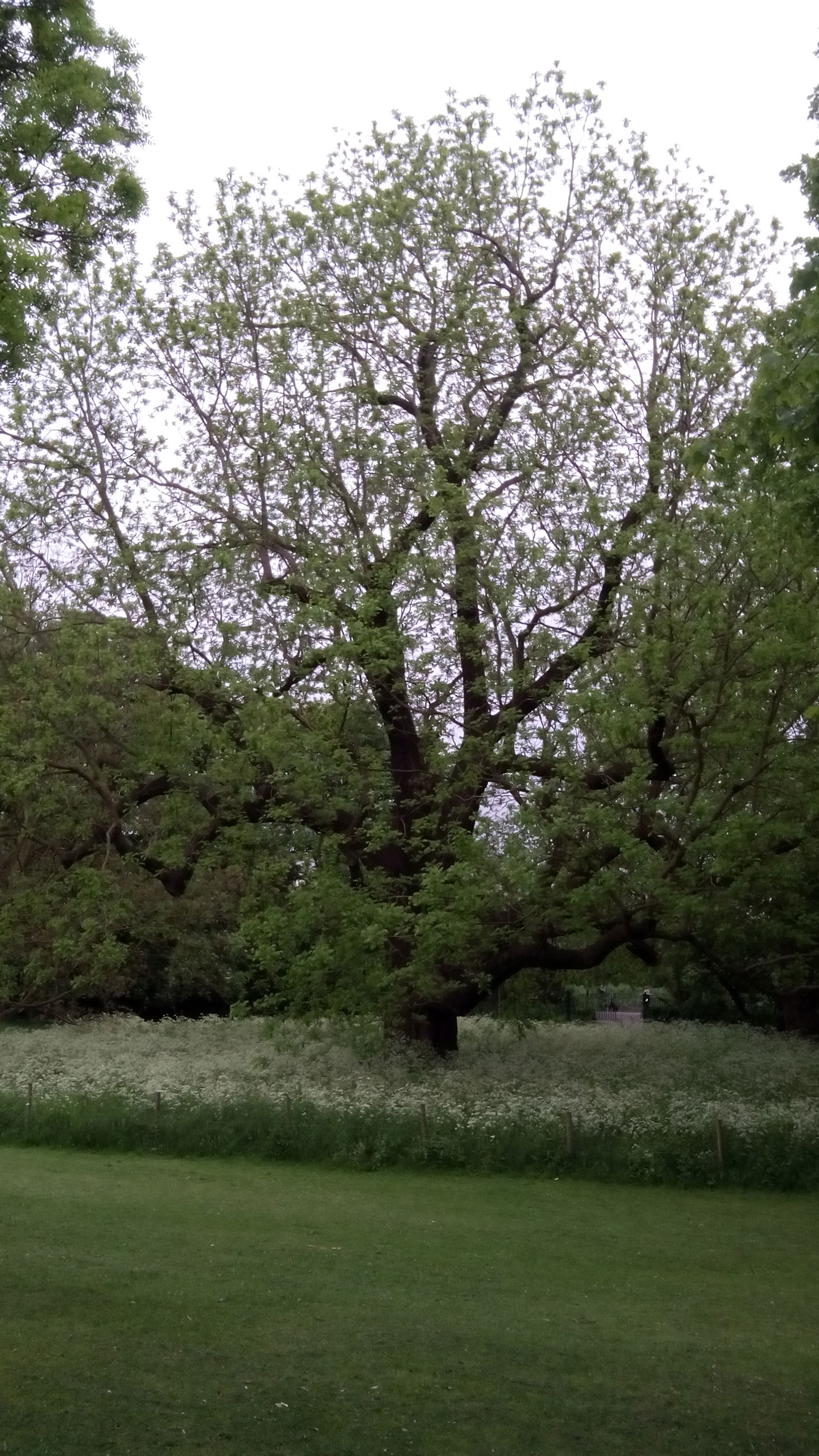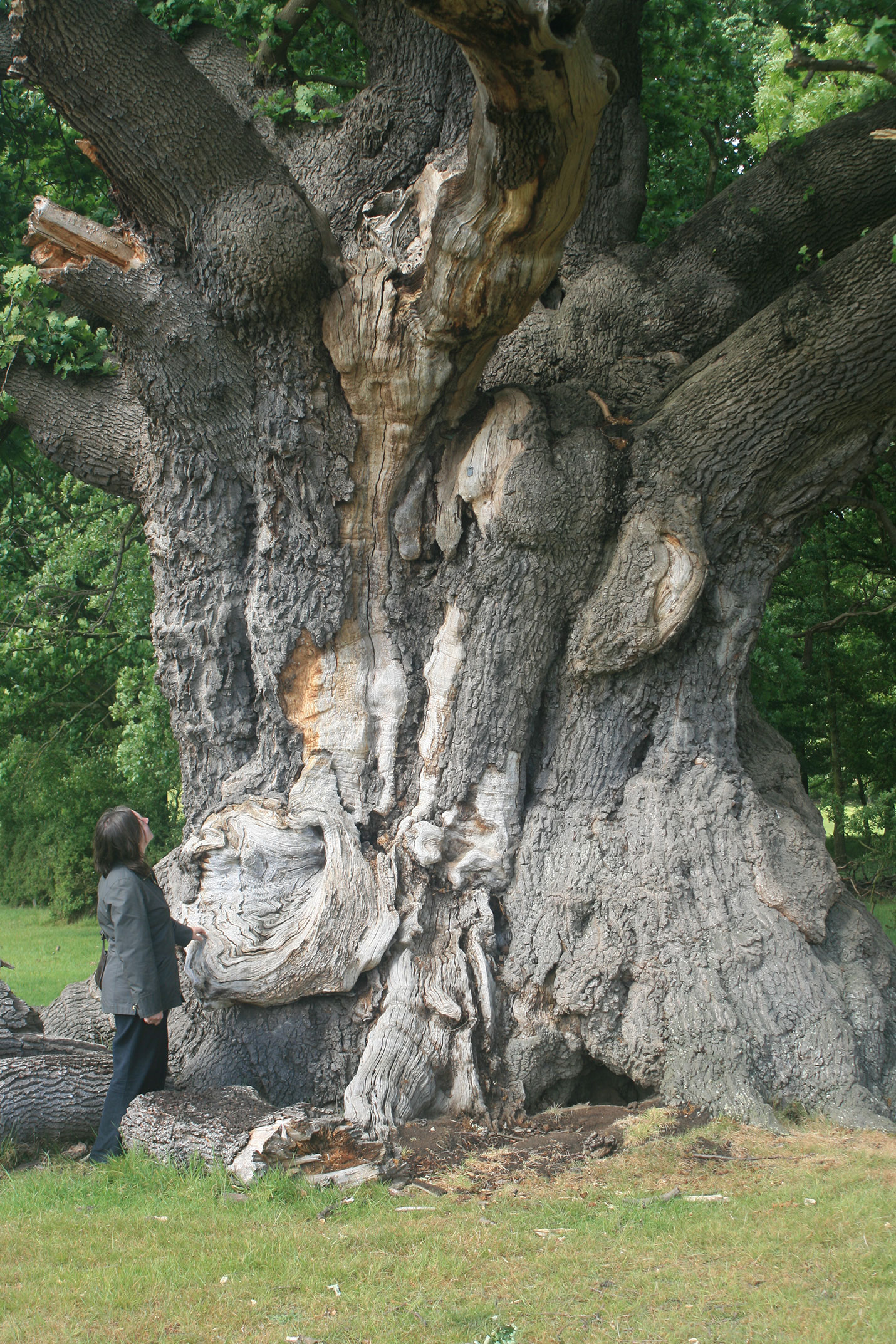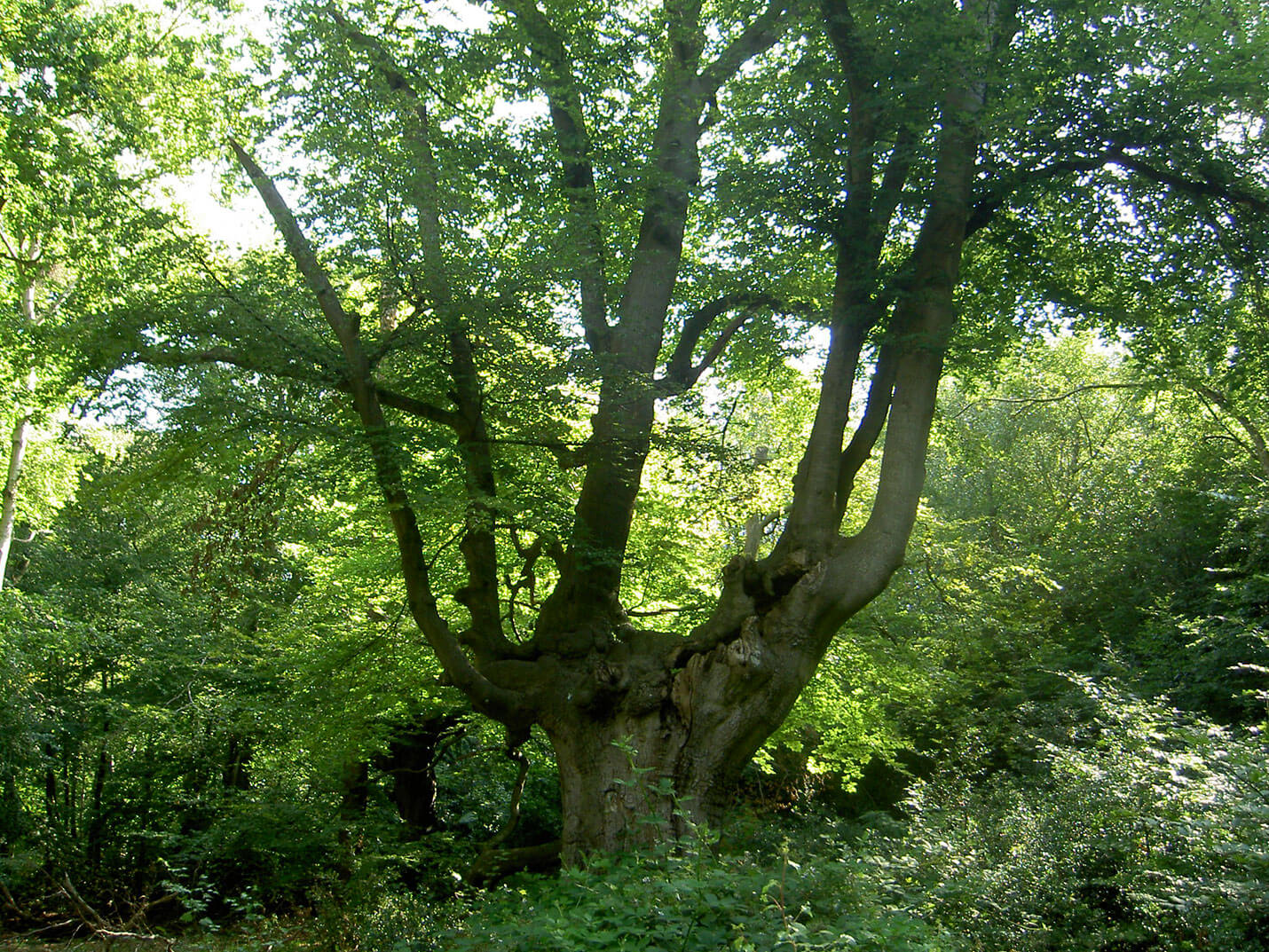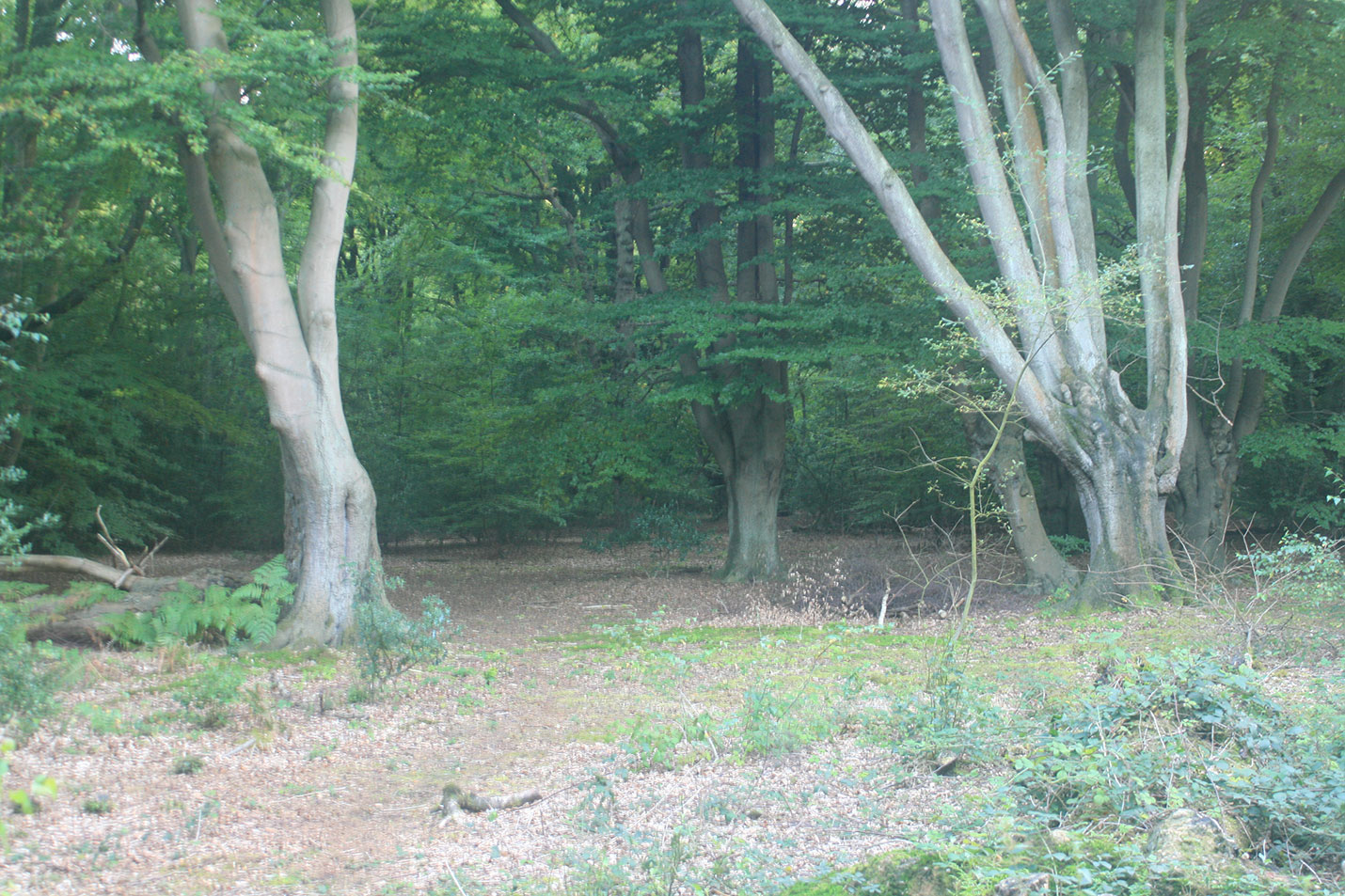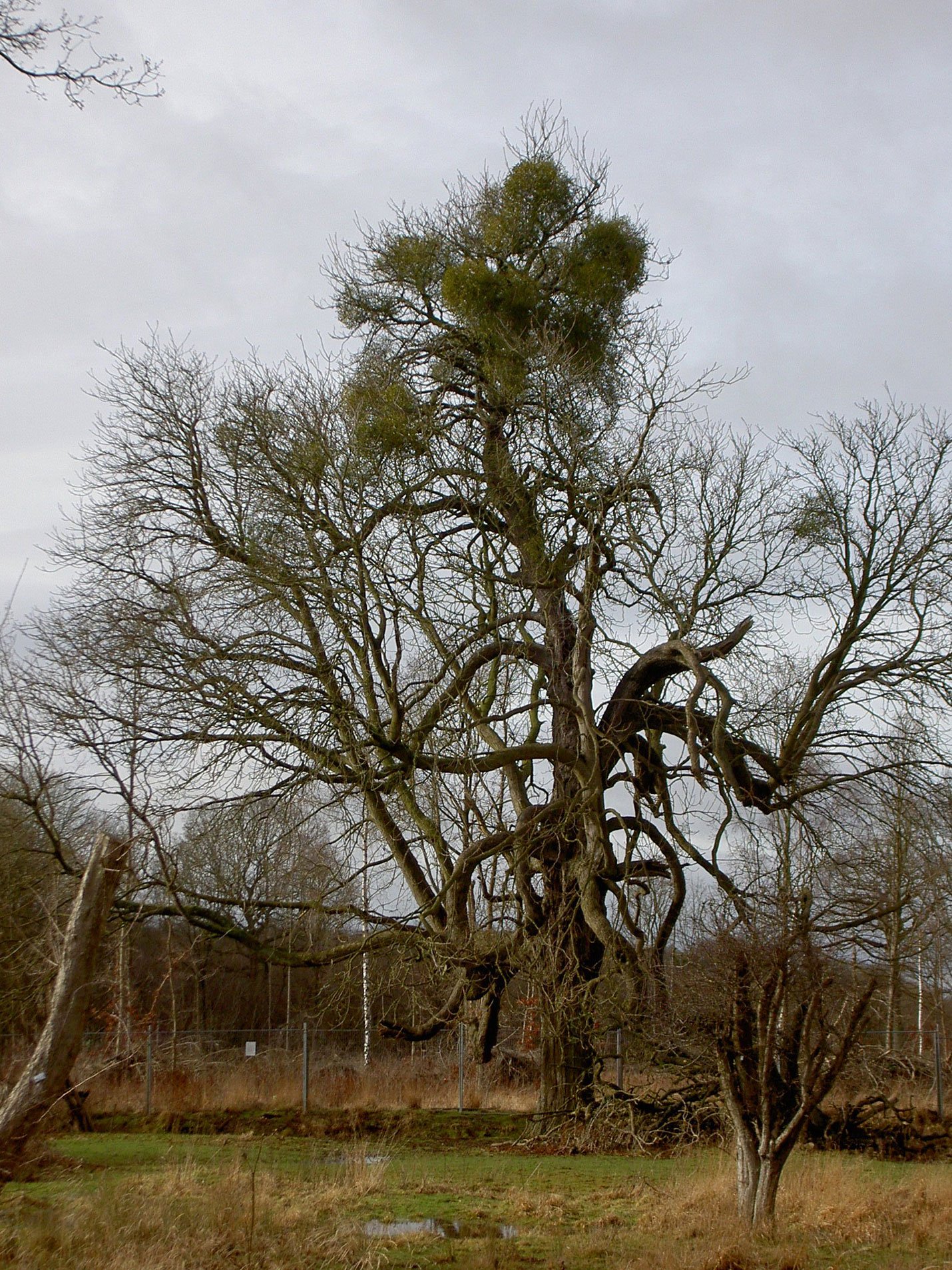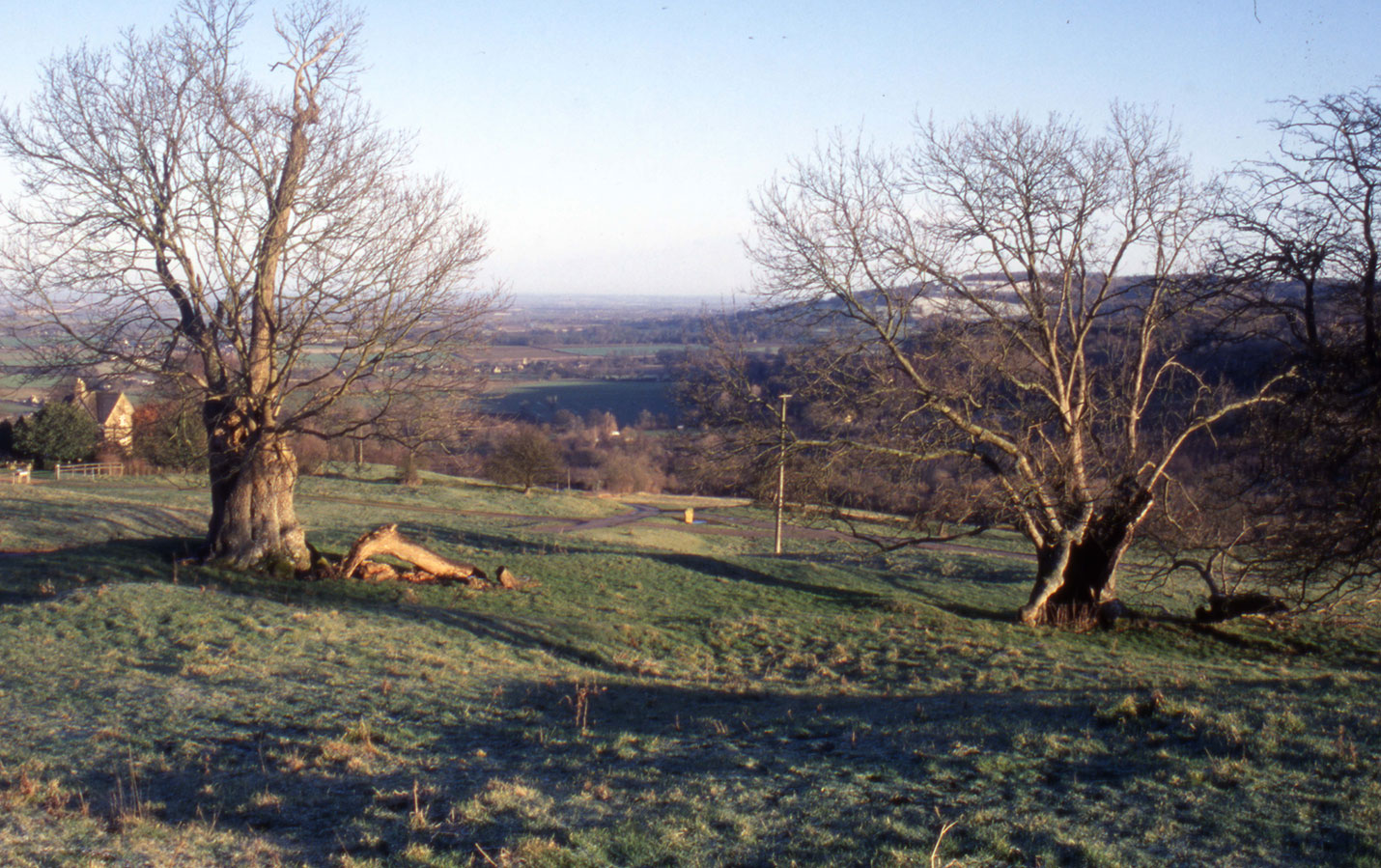Veteran Trees
The British Isles are of European importance for the number of extremely old trees which survive in the landscape. Careful consideration should be given to the care and management of all veteran and ancient trees.
Veteran trees image gallery
Please click on the gallery images to enlarge.
Care of ancient and veteran trees
Historic England contributed to Veteran Trees: A guide to good management handbook and Ancient and Other Veteran Trees: Further guidance on management. The online handbook covers:
- Veteran trees: survey and evaluation
- Protection of trees: sites and surroundings
- Tree work: assessment of requirements
- Habitat quality and continuity in wood pasture, parkland, orchards and hedgerows
- Ancient trees in the landscape: advocacy for holistic and landscape-scale management
- Plans and specifications
- Appendices on survey method, mortality rate, UK law, and method statements
The Wood Pasture and Parkland Network website includes six videos on caring for trees, wood pasture and parkland:
- The Wildlife Value of Open Grown Trees, Wood Pasture and Parkland
- Wood Pasture and Parkland Notes and Advice for Land Managers and Advisors
- A History of Wood Pasture and Parkland
- Management Advice for Wood Pasture and Parkland Habitat
- Open Grown Trees, Infill and The Need for Grazing
- An Introduction to Pollard Trees and How to Spot a Lapsed Pollard
Climate change vulnerability
Natural England provides guidance on the climate change vulnerability of wood pasture and parkland and potential adaption options in their Climate Change Adaptation Manual (NE751) (April 2020 edition). Continuity in sensitive management of these historic sites will be beneficial to these veteran trees.
Veteran trees on scheduled monuments
On scheduled monuments tree root damage can be a cause for concern but veteran trees have been growing for so long that they are unlikely to cause more damage. Physical damage to a monument through collapse of branches or instability resulting in lifting of the root plate (and underlying archaeology) could be an issue and careful management is necessary to reduce this possibility. These veteran or ancient trees are of cultural, historical and nature conservation value so all interests are served by keeping them healthy and upright.
Planning policy, and protected species
The National Planning Policy Framework (paragraph 175c) requires local planning authorities to refuse development that would lead to the loss or deterioration of irreplaceable habitats such as ancient woodland and ancient or veteran trees. See our link on how to use the National Planning Policy Framework. More information on the protection and conservation of veteran and ancient trees is available from the Ancient Tree Forum.
Veteran trees are important as individuals and as wildlife habitats. Owners and managers should safeguard these trees wherever possible. In particular several species of bats are known to use trees, generally older trees with hollows and similar features which provide roosting opportunities.
All bats and their roosts are protected by law and any trees with features which could potentially be used by bats should be carefully inspected before carrying out any planned work. Any bats or signs of use by bats must be taken into consideration and programmed work adjusted in consultation with Natural England.
Ancient Tree Forum Concordat
Historic England is a signatory of the Ancient Tree Forum Concordat. Signing the Concordat shows that Historic England appreciates the cultural, historical and ecological importance of ancient trees in the landscape and commits the organisation to working towards ensuring that this importance is understood and protected. Historic England will also work with the Ancient Tree Forum in raising awareness about ancient trees and in endeavoring to ensure that there is no avoidable loss of these important landscape features.
Deadwood
Dead wood used to be considered waste, untidy, a possible hazard, and a potential source of disease. Time, effort and money were spent removing it.
Dead wood on the ground or in trees is now appreciated as an important habitat for invertebrates, lichens and fungi. It is critical to the biodiversity value of wood pasture and parkland which is a priority UK habitat. These habitats include many rare species such as Moccas beetle (Hypebaeus flavipes) and the lichen (Parmelia minarum).
When safety considerations permit ‘standing deadwood’ (dead branches within trees or completely dead trees) should be left in situ. This is the most ecologically valuable form of deadwood and should not detract from the visual amenity of the landscape because in natural landscapes occasional dead or ‘stag-headed’ trees are normal.
Where standing deadwood is not possible, timber should be left on the ground as close to the point of origin as possible and in pieces as large as possible. Smaller pieces of timber dry out quickly and are less valuable to wildlife.
More information on deadwood can be found in Veteran trees: A guide to good management handbook and Ancient and other veteran trees: Further guidance on management.
Dating old and veteran trees
Dating old trees can help unlock their history, and their role in the landscape. It is often difficult to date trees accurately unless there are archives which record planting dates. However, usually only an approximate age is necessary to understand the site’s history or plan restoration projects.
Measuring the girth of the tree is a good guide for many species although different soils, climate and tree management such as pollarding will influence the growth of the tree. The Ancient Tree Guide No 4 and the Forestry Commission’s 1998 Estimating the Age of Large and Veteran Trees in Britain provide more information.
Historic maps, especially the 1st edition Ordnance Survey maps (available online through the National Library of Scotland provide valuable insights into the ages of trees.
Tree coring is sometimes commissioned to determine the age of trees. Dendrochronology is a valuable tool for dating timbers in historic structures and more is available on our Scientfic Dating web page.
Tree coring (dendrochronology) of veteran and younger trees may cause them harm so we always advocate non-invasive research in the first instance and will question whether dendrochronology is likely to provide any more accurate data.
We have worked with Scottish Natural Heritage, Natural England and the UK Wood Pasture and Parkland Habitat Action Plan Advisory Group to look into tree coring. The research report SNH Research Report 789 ‘A review of the theory and practice of tree coring on live and ancient trees’ is available online. It is hoped new field data and dendrochronology data can enhance the tree dating guides; and that standards will be developed for future tree coring and data recording.


